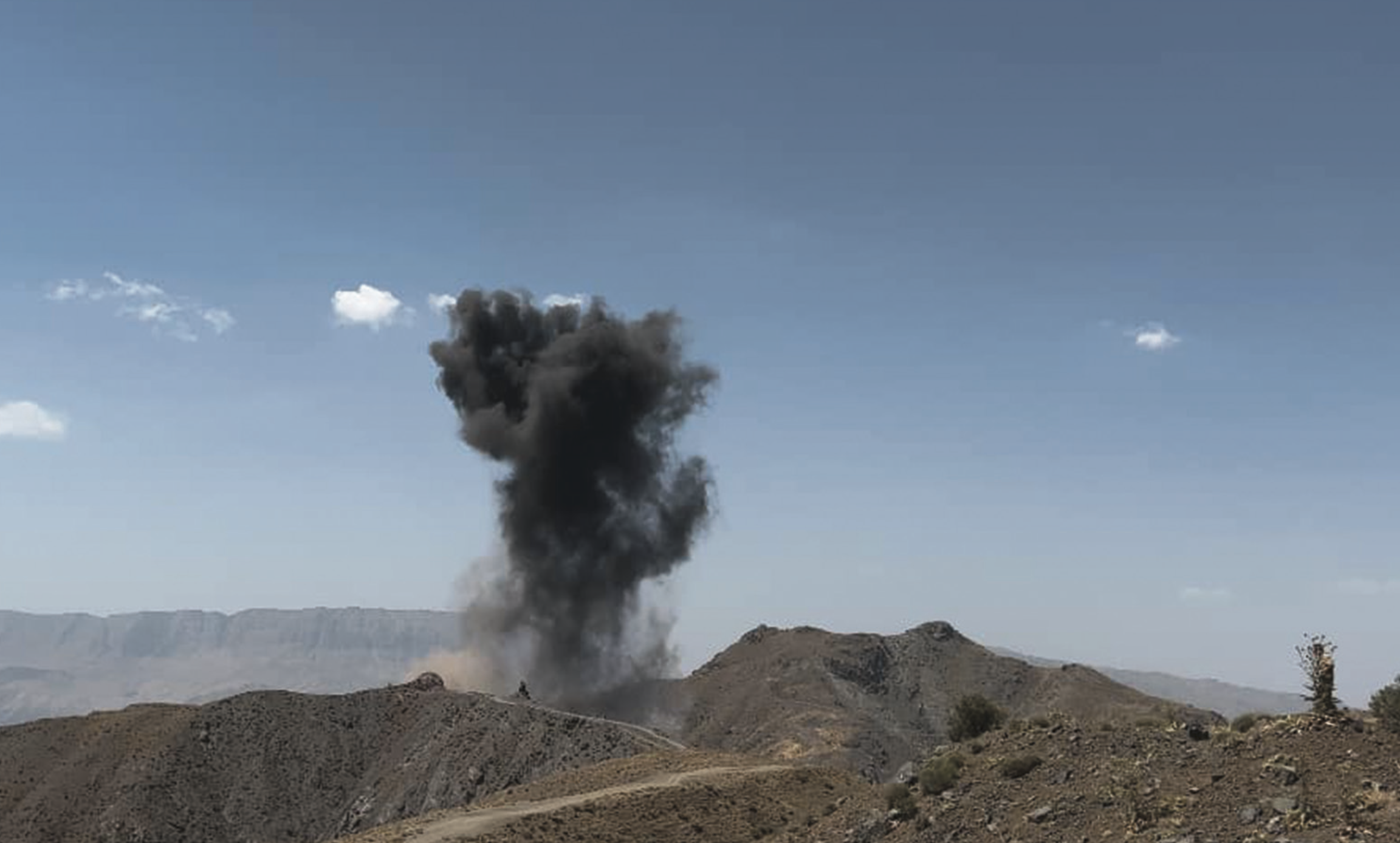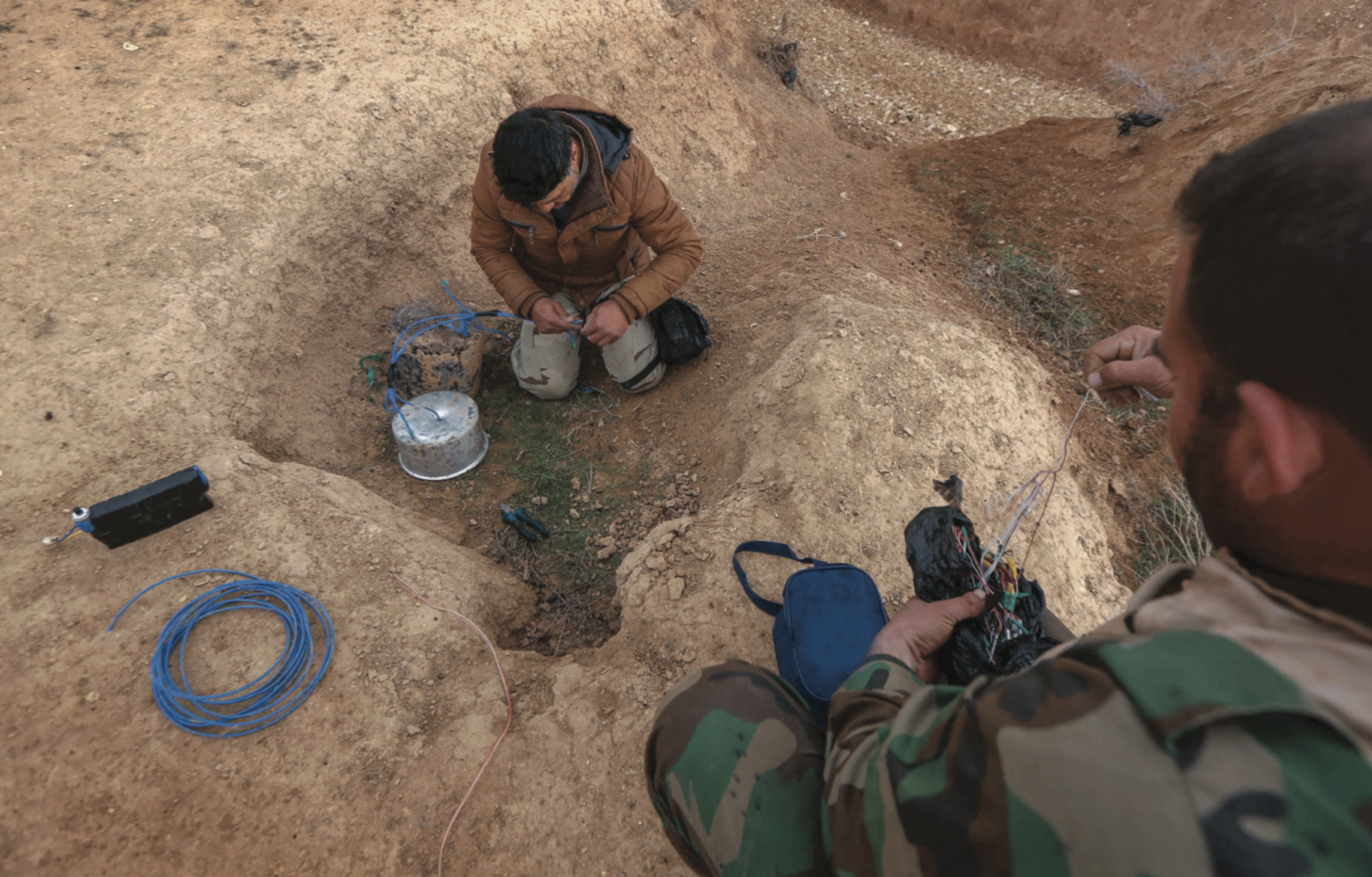As the world reflects on the history of conflict and its toll on societies, it is imperative to acknowledge the sacrifices made by the Kurdish population in the aftermath of the Iran-Iraq War. Thirty-five years since the ceasefire between the two nations, the Kurdish people are still grappling with the devastating consequences of a war that wreaked havoc on their lands and lives.
The eight-year war, spanning from September 22, 1980, to August 16, 1988, stands as one of the 20th century's longest, bloodiest, and most economically damaging conflicts. With a staggering death toll of around 1.1 million, the war left an indelible mark on both nations. While much attention has been devoted to the widespread destruction caused by this conflict, what often goes unnoticed is the immense toll it exacted on the Kurdistan Region of Iraq (KRI).
The KRI, a picturesque expanse of land straddling Iran and Iraq, witnessed extensive military activity during the war, leading to the displacement, death, and disappearance of countless Kurds and leaving a scar that continues to haunt the region even today. Iraq's strategic use of mines further deepened the misery of the Kurdish population, with minefields becoming grim reminders of the region's turbulent past.

The Iraqi Kurdistan Mine Action Agency
In a candid interview with Ali Miran, the Director General of the Iraqi Kurdistan Mine Action Agency (IKMAA), startling facts emerged regarding the ongoing challenges faced by the Kurds. Miran outlined the agency's history, explaining that it was formed in 2004 by the Kurdistan Regional Government (KRG) to address the aftermath of the war. The IKMAA contains various departments responsible for mine clearance, war waste destruction, awareness campaigns, quality assurance, and mechanical projects.
The extent of landmine contamination in the KRI is nothing short of alarming. Miran explained that landmine placement occurred across four distinct stages: first, the Iraqi regime's military activities against Kurdish liberation efforts in the 1960s; second, the Iran-Iraq war in the 1980s; third, the Gulf Wars in 1990-1991 and 2003; and finally, the fight against ISIS in 2014. Shockingly, a staggering 776 square kilometers (km2) of the KRI remain riddled with mines and explosive remnants.
A survey conducted from 2004 to 2006 by Landmine Impact survey (ILIS) by UNMAS and VVAF revealed the bleak reality of the region's landmine contamination. Out of the estimated 776 km2, a mere 258 km2 have been cleared since the inception of mine removal in 1992. While international organizations initially played a pivotal role in mine clearance, their efforts have waned due to the KRI’s financial crisis and other global conflicts.

International collaboration
Two organizations, the Mines Advisory Group (MAG) and the Fondation Suisse de Déminage (FSD), continue to work in Duhok, Sulaymaniyah, Erbil, and Mosul, albeit with reduced activity. To alleviate the burden on the KRG, in 2022 the IKMAA signed a memorandum of understanding with the ITF Enhancing Human Security (ITF), a Slovenian organization, boosting its operational capacity and promising accelerated clearance.
The slow progress has had ramifications beyond delayed rehabilitation. The Ottawa Convention, effective since February 2008, initially mandated the clearance of Iraq and the KRI within a decade. Yet, due to financial constraints, the timeline was extended to 2028, underscoring the complexities of mine clearance in a region grappling with multifaceted challenges.
Among these challenges, Miran highlighted the absence of minefield maps left by the former Iraqi regime after 2003, and the geographical impediments posed by the predominantly mountainous terrain. The region's cold climate further restricts clearance efforts, while the lifespan of mines remains alarmingly uncertain, often extending beyond 50 years. The mines themselves include the perilous Valmara, VS50, PMN, and POMZ, each holding the potential to claim innocent lives.
Areas heavily affected by mines include the border zones with Iran, encompassing Penjwen, Sharbazher, Choman, Sidakan, and Haji Omeran. Over the years, more than 100,000 mines have been successfully cleared, a feat that has saved countless lives. Approximately 60% of the KRI’s territory, amounting to 518 km2, has been liberated from the grip of mines.

Raising awareness
The haunting statistics of mine victims further underscore the urgency of comprehensive clearance efforts. With over 13,580 victims claimed by landmines – and a heart-wrenching 31 lives lost in the past year alone – the urgency of this endeavor becomes palpable. These victims, largely civilians, bear witness to the ongoing toll of a war that seemingly ended decades ago.
Raising awareness is paramount in mitigating further tragedies. Alongside manual mine-clearance teams, awareness units actively educate communities about the dangers of mines. Their efforts span from distributing educational materials in schools to delivering public awareness campaigns via social media. A hotline empowers citizens to report mine-related concerns, ensuring rapid response from dedicated teams.
In light of these challenges, the IKMAA is forging ahead with renewed determination. Plans include enhanced collaboration with international organizations, leveraging modern technologies such as drones and innovative tools like the Dragon anti-landmine system. This promising advancement utilizes heat to neutralize mines, sidestepping the need for detonation.
The KRI's resilience shines through in the face of adversity. As this region continues to rise above the remnants of war, it holds a steadfast hope for a future free from the shadow of mines – a future where its picturesque landscapes are once again a haven of safety and prosperity.
Mohammad Dargalayi is a journalist and photographer with 13 years of experience. He is a member of IFJ Global.